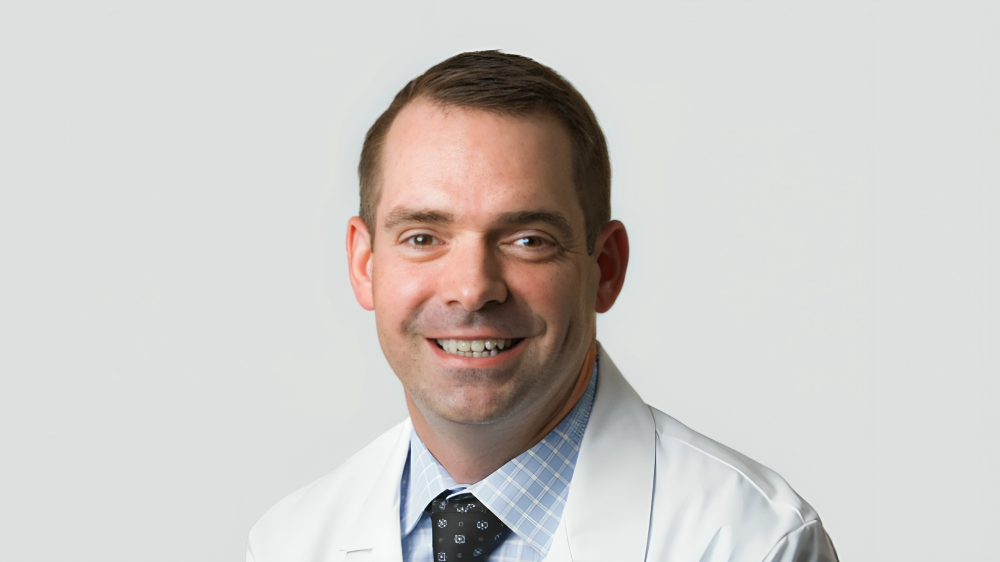Daniel Flora, Medical Oncologist and Medical Director of Oncology Research at St. Elizabeth Healthcare, shared a post on LinkedIn:
“Uncertainty runs through everything we do in oncology. Every time I sit down with a new patient, I’m thinking about both sides of the coin—the ones who defied the odds and the ones who didn’t even get a chance. And then I have to decide how to talk to them. If I lean too hopeful, I risk letting them down. If I lean too cautious, I might take away something they really need: hope.
He added on Substack:
“I started Curative to share what cancer care really looks like inside a community oncology clinic. Every day is a mix of science and humanity, progress and loss, uncertainty and hope. I try to write honestly about what this work teaches me about caring for people with cancer.
I saw one of my longtime patients in clinic yesterday. She’s 74 now. We first met in 2017 when she was diagnosed with stage IV lung cancer. Her scans showed a large mass pressing on her airway and fluid collecting around her lungs. She was short of breath just walking to the exam room. Her prognosis was grim.
Back then, our conversation wasn’t about beating the cancer. It was about helping her breathe, helping her feel better, maybe giving her a little more time. A year, if we were lucky. But she had one thing in her favor—her tumor was strongly PD-L1 positive, which meant she might respond to immunotherapy. We talked through the risks and started treatment.
She started responding within a few weeks. Her breathing got easier. The masses shrank. Within a few months, her CT scans showed a complete response. Most importantly, she felt more like herself again. She was walking without struggling, spending time with her grandchildren, doing normal life things.
Those visits were a joy—for both of us. We went from talking about weeks and months to talking about years. Celebrating moments like that keep me going in this work.
About two and a half years later, her cancer starting creeping back. This time it showed up in the fluid around her heart and lungs. We sat down and had a hard but open conversation. She wanted to keep trying and chose to start second-line chemo. Again, she responded. But the side effects were tougher this time—fatigue, nausea, neuropathy. After a while, it became clear the treatment was doing more harm than good. So we stopped and looked for other options.
We repeated molecular testing and found she had KRAS G12C mutation. Around that time, the KRAS inhibitor sotorasib had just been approved. She started it in 2021.
Her symptoms improved and, remarkably, her CT scans cleared. We adjusted the dose a bit for some muscle aches, but she has stayed on it and now has minimal side effects.
At her visit yesterday, she still has no evidence of disease. She reminded me, like she always does, that she knew she’d live to see her grandkids grow up.
And she was right.
I think about her a lot. Stories like hers are the ones that lift you as oncologist. They make you believe in what we are doing. But they also make this work harder, because I’ve had other patients who looked just like her on paper—same mutation, same drug—and it didn’t go that way. Some patients don’t respond at all. Others are overwhelmed by side effects. We try to explain it by looking at tumor burden or immune markers, or other medical issues. But a lot of the time, we don’t have a good explanation. That’s just the reality.
Uncertainty runs through everything we do in oncology. Every time I sit down with a new patient, I’m thinking about both sides of the coin—the ones who defied the odds and the ones who didn’t even get a chance. And then I have to decide how to talk to them. If I lean too hopeful, I risk letting them down. If I lean too cautious, I might take away something they really need: hope.
There’s no perfect way to do this.
I try to stay in the middle. Be honest, but leave room for possibility. That balance is hard to find, and it doesn’t get easier with time. I’m naturally an optimist, and that certainly affects how I talk to people. I’ve seen amazing things happen. But I’ve also seen this disease take people far too soon. I try to weigh both realities with every conversation.
Outliers in cancer care aren’t as rare anymore. Back in 2014, the five-year survival rate for stage IV lung cancer was under five percent. Now it’s closer to one in four. That’s a big deal. But still, the question I get asked most, and one I can’t ever truly answer, is: “What’s going to happen to me?”
I can talk about averages. I can walk them through the numbers. But I can’t tell them how their story will play out.
What I can do is sit with them. Listen to their goals. Try to understand what matters most in their life. I can tell the truth and still leave room for hope.
That’s what I think of as the emotional math of oncology. It’s not something you can run through a computer. It’s built on experience, empathy, and all of the patient stories that have come before. It’s imprecise and shifts over time. For me, it’s one of the hardest and most deeply human parts of the work.”
More posts featuring Daniel Flora.
